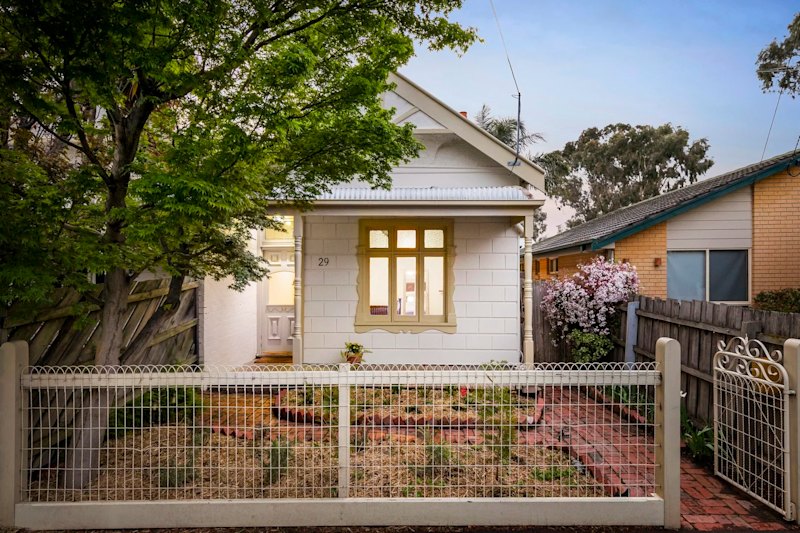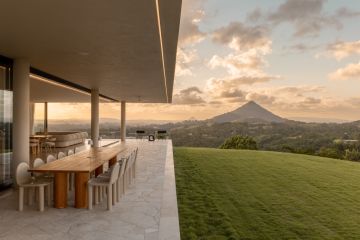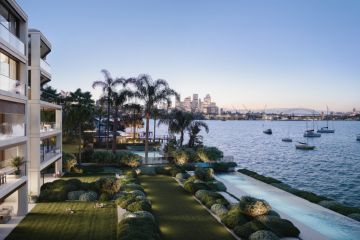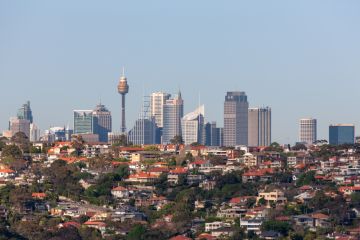Trentham holds the line on overdevelopment
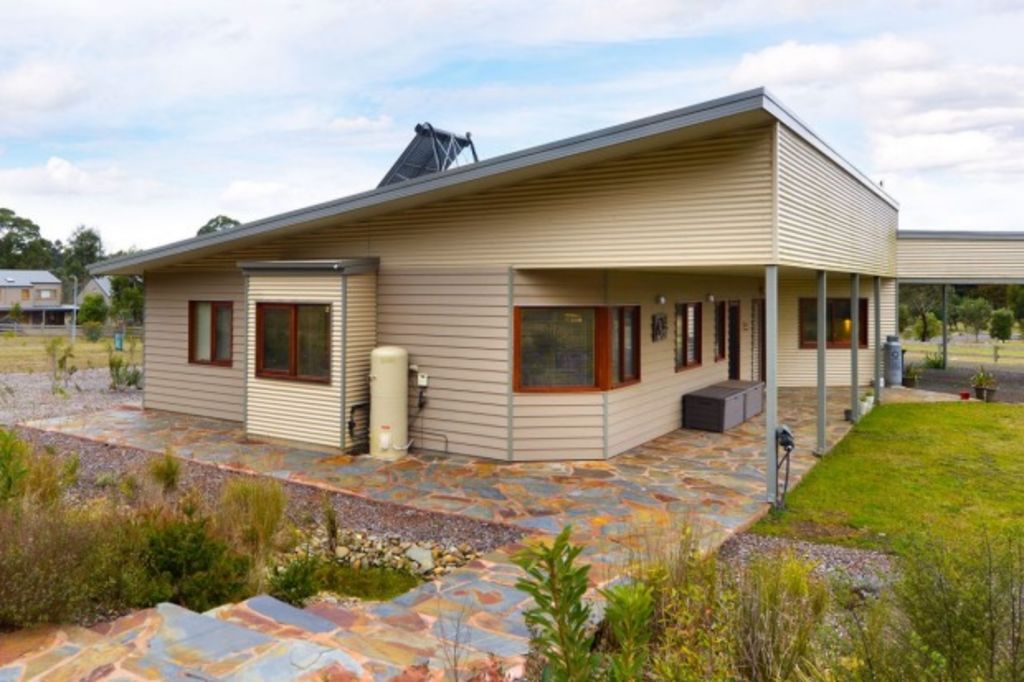
The sanguine realtor of Trentham, John FitzGerald of FitzGerald Property, has a wry idea of what prompts folks to move to a Victorian country town.
“Every Saturday morning, someone in the city wakes up and thinks ‘I’m going to move to the country'”.
In the past five years – having price overstimulated the residential markets of the Peninsula, South and East Gippsland, Macedon, and popularly the golden triangle of Daylesford, Castlemaine and Kyneton – buyers have been loving what they see at Trentham, 700 metres above sea level and a good hour north west of Melbourne.
Over the same time frame newcomers have doubled the town’s population, from about 800 to 1500 plus.
A lot, says FitzGerald, are first home or young families headed by a breadwinner willing to do the 90 minute car and train commute to work in the CBD. They’re paying an average $400,000 for an established three bedroom home on half an acre.
“Some older style houses in need of renovation can be had in the high $300,000s”.
In Blackwood, another 15 minutes into the Wombat Forest, “some storybook cottages” can be bought for the same price.
But the big movers, who’ve jumped on picturesque Victorian era homes, built something architect-designed, environmentally kitted out an off-the-peg new house, or relocated a period home onto one of several new and steadily in-filling subdivisions, are the fit and fashionable baby boomers.
“It’s a middle-class baby boomer enclave where they don’t feel out of their comfort zone because they’re a one-hour car commute from Melbourne”, Fitzgerald explains. The boomers pay $700,000 for high-end property.
Armoury expert turned writer, Ian Crouch relocated from “a big house in Sandringham” to Trentham after reading about “an 1891 extended miner’s cottage in The Age“. After a stretch as part timers, the Crouches moved up permanently, “escaping the Melbourne traffic in a quiet little village”. In their time they’ve seen a few fits and starts in how the community has been developing.
While FitzGerald cites the 2000 sewerage scheme as the beginning of Trentham’s rediscovery, Crouch believes “the big spark came with the 2010 reopening of The Cosmo Hotel that had burned down 10 years ago”.
The Cosmopolitan (circa 1855) is the main High Street photo opportunity, a pretty thoroughfare also lined with a collation of shops that have retained folksy frontages, verandas and now display quirky hand-painted, signage and names.
They’re artisan bakeries, restaurants, cafes, fashion and lifestyle boutiques where the hipsters meet the farmers and the boomers over hard core coffee and cake priced as if for Carlton.
“But it’s the baby boomers who are supporting the cafes”, says FizGerald.
Being so convincingly authentic – almost like a 3D period photograph, and being within such attractive country that’s cool and green in summer, and occasionally snowy in winter … and with such appealing real estate pricing, how do they manage to keep it so real?
“Nobody wants it to turn into Daylesford, where the main street may as well be in Prahran,” says FitzGerald.
“There are heritage overlays on the main streets, and even with all the subdivisions and changes, there are very strong forces to keep the country town feel. They’ve got a committee for everything!”
One subdivision insists that only weatherboard, relocated houses or bagged brick house are allowed to move into the wide streets. It makes for a varietal rather than volume built.
“So far”, says Ian Crouch, “it’s maintained a heart”.
We recommend
We thought you might like
States
Capital Cities
Capital Cities - Rentals
Popular Areas
Allhomes
More
